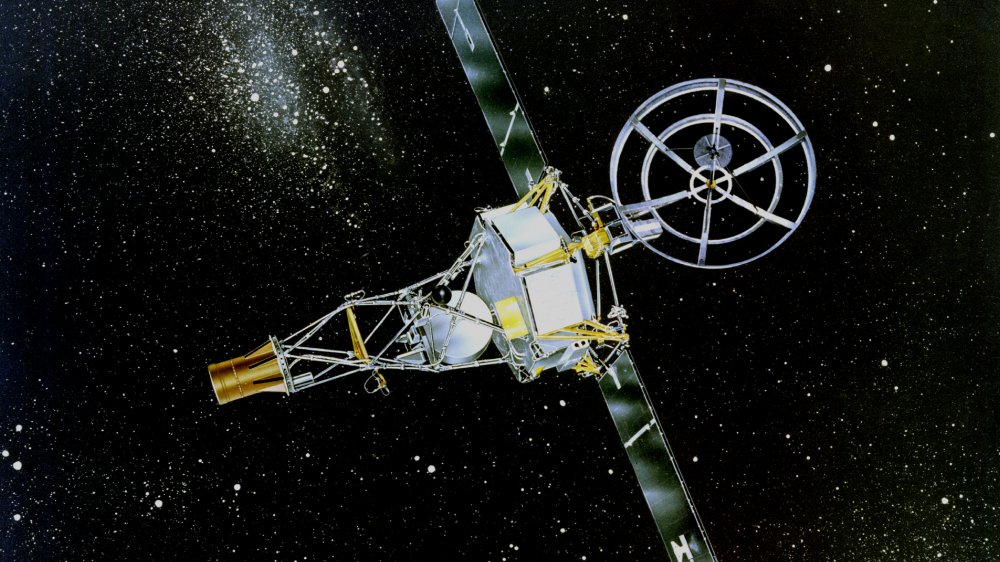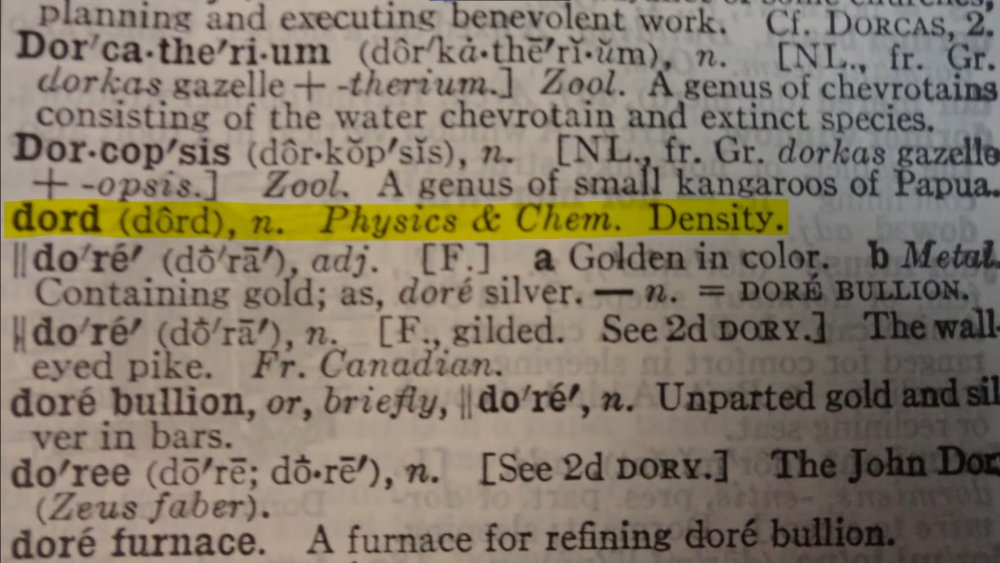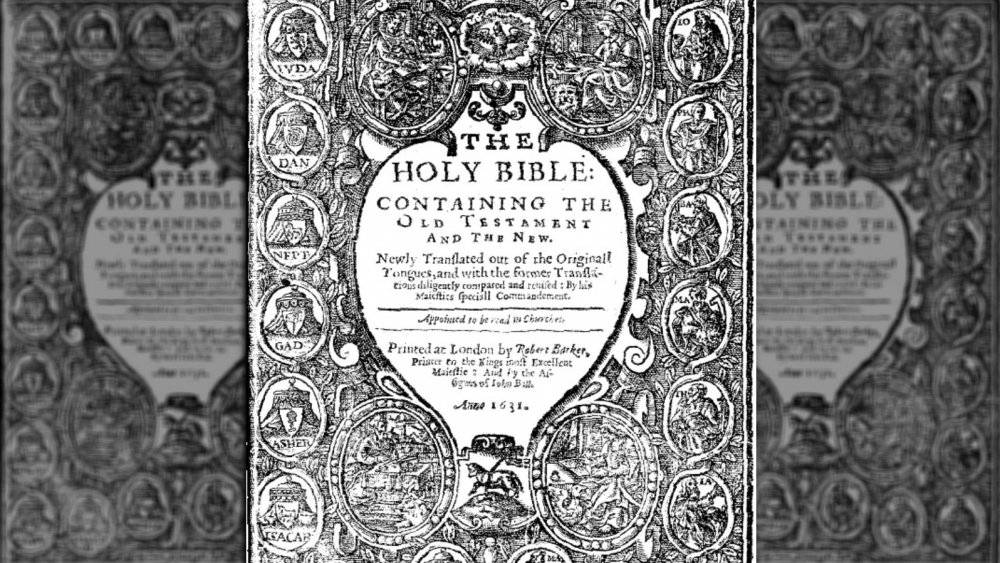Here Are Some Of The Most Disastrous Typos In History
Have you ever noticed an obvious typo in an important document just seconds after you submitted it? Whether you're a student or a professional, the answer to that question is probably "Yes." It's a terrible moment that unites us all. Humans are imperfect beings, so unless we get replaced by robots, it's unlikely that we'll ever stop making typos.
But not all typographical errors are created equal. Some are far more disastrous than others. History's worst typos range from one that crashed a rocket, to another that blasphemed against God himself. Learning about the massive consequences of tiny errors can feel intimidating, but also somewhat comforting. The next time you notice that you used the wrong "their" in the title of a report, you can recall the incidents below, and feel grateful that your own mistake pales in comparison. (And if you spot any typos in this article, please assume we put them there intentionally! Thanks!)
A missing hyphen caused NASA's Mariner 1 probe to be destroyed mid-flight
One of the most expensive typos in history was a coding error by NASA. In 1962, per Wired, NASA built the Mariner 1 probe. Mariner 1 was supposed to be sent into orbit around Venus on a data-collection mission. The Soviets had already sent a probe to Venus in 1961, and America was not to be outdone. If successful, Mariner 1 would be the first object the United States ever sent to another planet.
On July 22, Mariner 1 was launched from Florida aboard an Atlas-Agena rocket. Per NASA, the rocket soon began to veer off course. Rather than letting it crash somewhere, NASA's Range Safety Officer decided to intentionally detonate the rocket in mid-air. Mariner 1's journey ended in disaster after a mere 293 seconds of flight. When the Mariner 1 Post Flight Review Board investigated what went wrong with the rocket, they found that a single missing hyphen in the code caused the spacecraft to receive incorrect guidance signals.
NASA was able to get things back on track with the successful Mariner 2 probe that launched five weeks later. But the damage was already done, both to NASA's reputation and its wallet. Business Insider reports that the failed Mariner 1 mission cost NASA roughly $80 million. As a result, sci-fi author Arthur C. Clarke has called the Mariner 1 typo "the most expensive hyphen in history." Today, NASA engineers are much more careful with their proofreading.
An early edition of Webster's Dictionary accidentally created the word 'dord'
The next typo isn't quite as disastrous as NASA's, but it serves as a lesson that you can't trust everything you read, even in reputable sources. Per Smithsonian Magazine, the second edition of the Webster's New International Dictionary came out in 1934. It wasn't until 1939, however, that a Webster's editor found that the dictionary contained a word that wasn't really a word: dord.
It appeared between dorscopis, a genus of kangaroo, and dore, an adjective meaning "golden in color." According to Webster's Dictionary, dord was apparently a noun used in physics and chemistry meaning "density." But any physicist reading page 771 of Webster's would have scratched his head and asked his friend, "What the heck is a dord?"
The startled 1939 editor realized what had happened; whoever added that entry to Webster's word list must have wanted it to say "D or d," indicating that a capital or lowercase "d" is used in science to represent density. The mistake must have occurred when the entry was typed up. For some reason, though, Webster's Dictionary didn't fully update the error until 1947. By then, dord was already appearing in a number of knock-off dictionaries around the globe. Even so, you probably won't hear anyone saying dord today, but why not use it yourself? If anyone questions you about it, insist that it must be a real word, since it was in the dictionary.
One 17th-century Bible commanded its readers to commit adultery
A final noteworthy typo created quite a stir in 17th-century England. Per the Washington Post, the controversy began when royal printer Robert Barker published a new edition of the Bible in 1631. This edition was meant to be a simple reprint of the King James Bible, but due to a major typographical error, it became known as the "Wicked Bible." What was that error? You're probably familiar with the Ten Commandments laid out in the Old Testament's Book of Exodus. The seventh states, "Thou shalt not commit adultery." Barker's Bible dropped a word, commanding its readers, "Thou shalt commit adultery."
This obviously infuriated the king and the Church, but it turns out that the sinful errors didn't stop there. The Washington Post explains that one other major mistake occurred in Deuteronomy 5:24, which read, "God hath shewed us his glory and his great-asse" (rather than "greatnesse"). This second error has led modern historians to suspect that the Wicked Bible's errors may have been deliberate sabotage, not mere typos, perhaps snuck in by one of Robert Barker's printing competitors.
Either way, King Charles I had no tolerance for blasphemy. He revoked Robert Barker's printing license and fined him 300 pounds (upwards of $60,000 today). Although King Charles ordered that all copies of the Wicked Bible be destroyed, at least 11 copies survived, and one has been on display at Washington D.C.'s Museum of the Bible since 2017.



